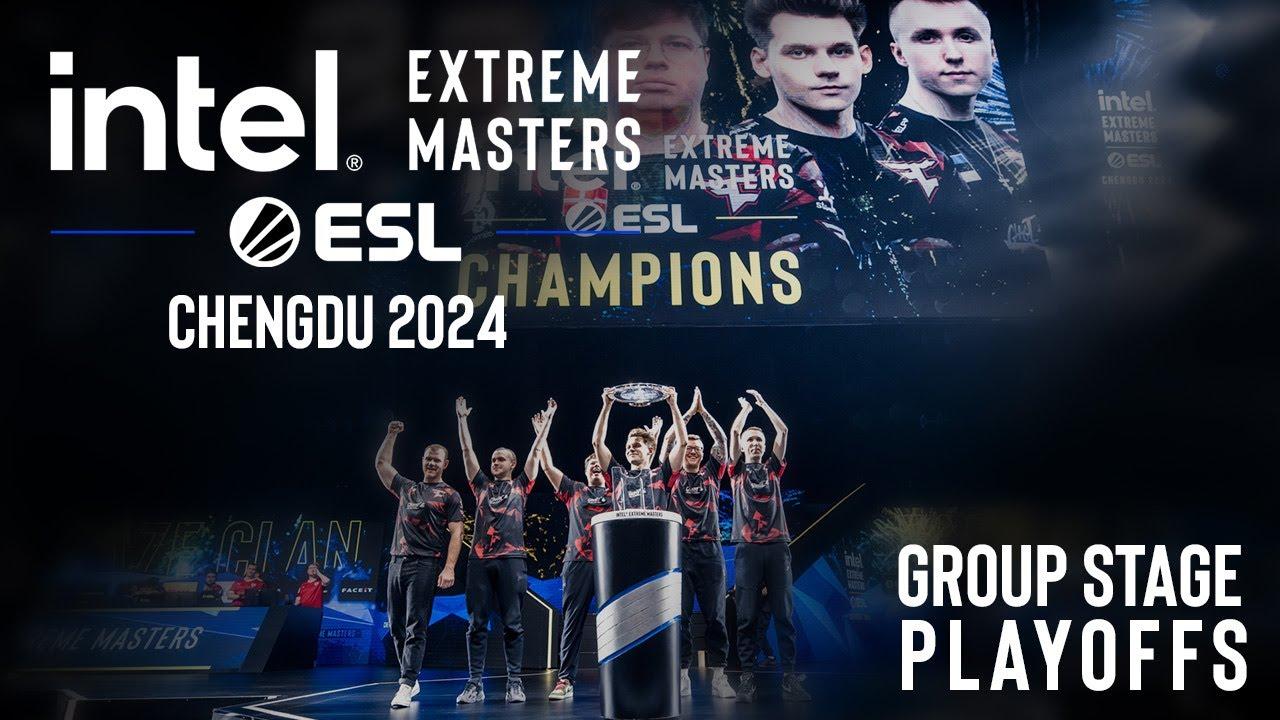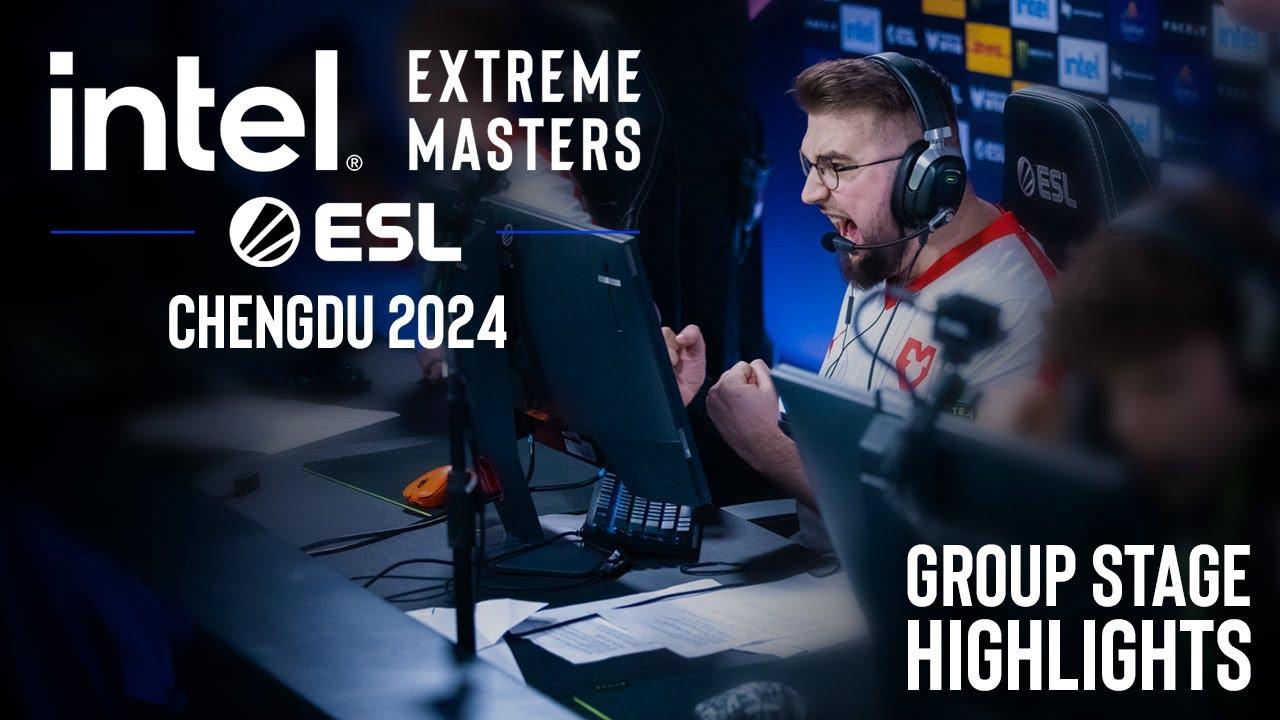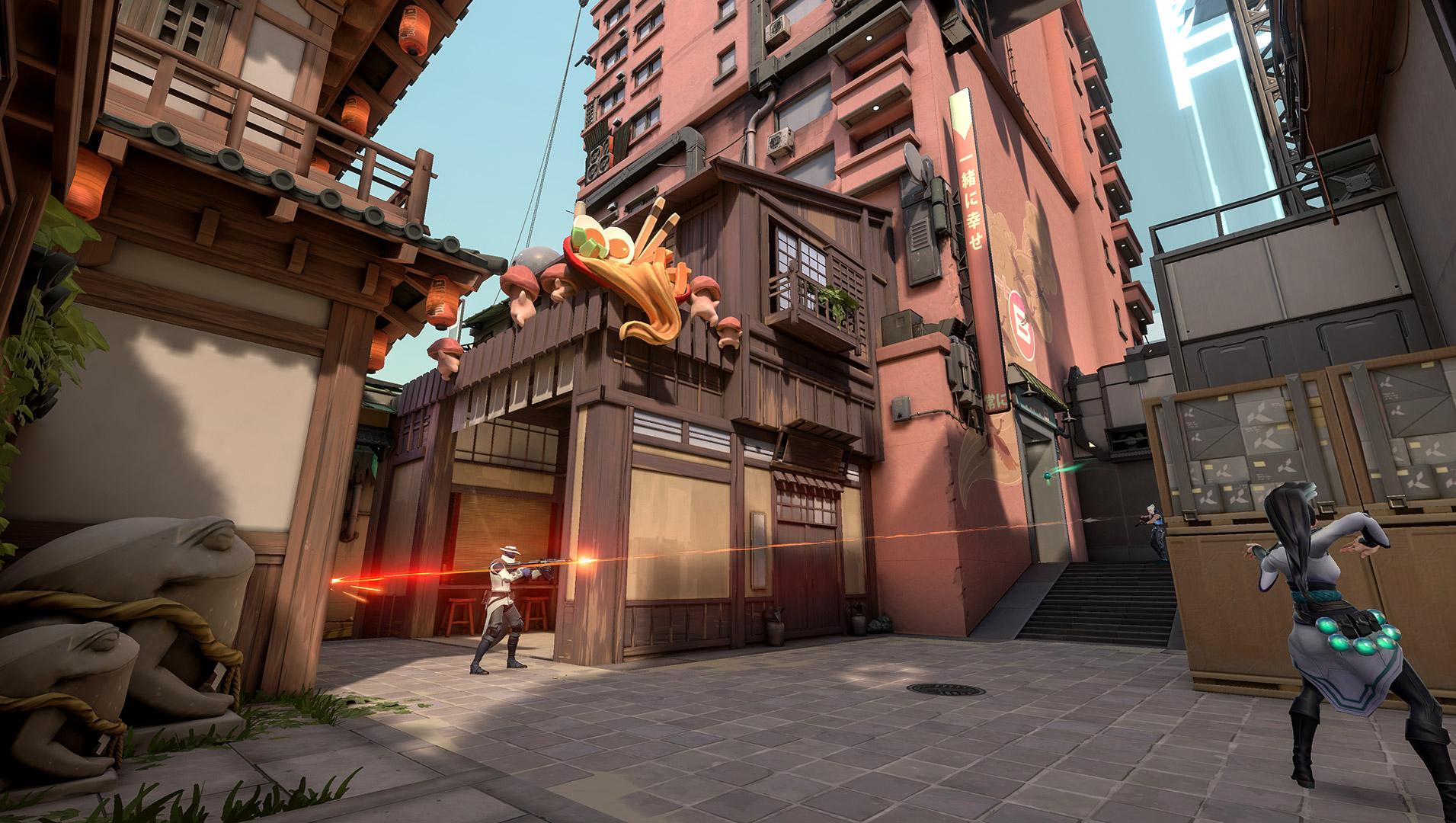
How exactly does new FPS Valorant compare to CSGO?
Valorant is turning heads around the globe as Riot Games’ first entry into the shooter genre inches closer to release. While the game has captured the attention of pro players from around the gaming world, one game’s players in particular seem more suited to Valorant than the rest.
Valorant has clearly borrowed its best bits and bobs from today’s popular games, but it has used the proven formula pioneered by Counter-Strike: Global Offensive more than any other. Both games are a five versus five, round-based shooter that feature startegic elements and a host of tools to help one team plant a bomb and the other try to defend the bombsites. These tools cost money earned by killing enemies, succesfully bombing a site or defending one, and as a passive bonus at the end of rounds. The guns have spray patterns, meaning that the player has to counteract a weapon’s recoil with movements of their own to keep their bullets on target.
But Valorant hasn’t stolen from Counter-Strike wholesale. There are obvious differences, sometimes for the better, and sometimes not. As much as Riot’s new game resembles CSGO, they’re not the same. So how does Riot’s new hotness measure up against the godfather of first person shooters? Find out below.
Valorant’s pacing and movement mechanics seem like an afterthought
Counter-Strike has always been famous for its movement. From crouch-jumping to bunnyhopping, CSGO’s movement mechanics are a core part of its gameplay. A player skilled in those movements can make some incredible plays, like this one from Fnatic’s Jesper “I” Wecksell.
Riot didn’t quite nail Valorant’s implementation of these mechanics, and that might not be their fault. In the original Source engine, the air acceleration that makes bunnyhopping possible was originally a bug allowing players to overcome the built-in speed cap of games like Half-Life. Valorant’s movements feel like what a programmer would make if you explained Counter-Strike’s movement to them. It’s does exactly what’s described, but it just feels different.
Overall, Valorant’s movement feels stiff and slow at times, especially while attempting to move from one side of its maps to the other. Counter-Strike is a sometimes a slow game, but the moments of intense action give players enough to tolerate those periods of downtime. In Valorant, even the gunfights feel slower than they should, and that could be due to the game’s setting.
After all, games like Escape from Tarkov aren’t just slow, they’re downright snails when compared to Valorant. In those games, however, the pacing fits the setting. While scavenging through buildings and evading NPC scavs allows for slow pacing, Valorant and Counter-Strike do not. Both games suffer from the “hurry up and wait” issue that has plauged strategic shooters for decades, Counter-Strike’s attempts to mitigate that are missing in Valorant.
Counter-Strike’s rounds start with mere seconds for players to buy, locked in place in their spawn. Inside the spawn, positions are randomized, meaning that a player could posses a better timing to get to a particular place on the map and therefore own and advatage over their opponant. The tension comes from now knowing whether or not an opponent has a spawn that counters your own.
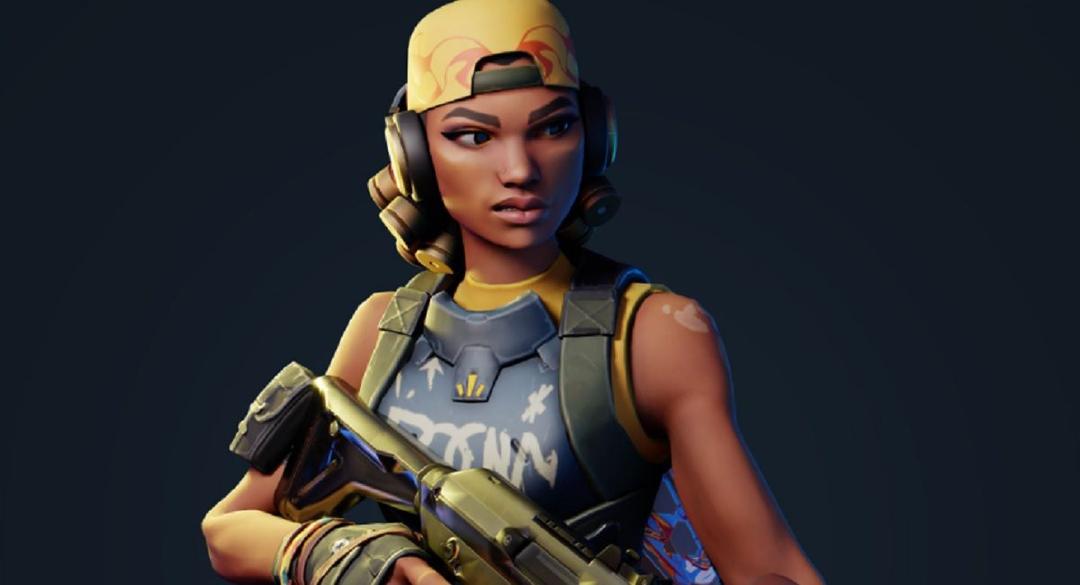
Valorant’s adoption of Overwatch’s spawn mechanics, where attackers wait, walled off from the map while defenders roam around set up defenses feels misused. In a fast-paced shooter genre where games like Call of Duty cater to millions more players than slower, “thinker” shooters, slowing things down artificially doesn’t feel good. The games setting, visuals, skills, weapons, and personality all tell the player that they’re in a different world, but the game’s pacing and movement remind them that they’re still human.
A full team make the game more fun, and spray patterns might be harder
Playing with strangers on the internet comes with the territory, but sometimes online gaming just isn’t a fun experience. Attitudes and tactics vary from lobby to lobby, and finding teammates that mesh well with a player is difficult. That said, when it happens, it’s a magical thing. Valorant, like Counter-Strike, is best enjoyed with others. A static group is essential to winning, sure, but it’s also essential to actually enjoying the game. Dying from behind because no one was watching mid or Sage refused to throw a heal is frustrating. Games are supposed to be fun. Knowing your allies personally makes it fun, and it makes losing much more tolerable if a player enjoys the hours they spent doing it. And what better way to do it than by showing off Valorant’s spray patterns
WIN.gg published an article during Valorant’s reveal detailing the spray patterns of its weapons and their close resemblence to those in Counter-Strike. Many current Counter-Strike players mentioned to WIN.gg that while the patterns resemble those from CSGO, compensating for recoil feels much different. While Counter-Strike’s patterns move at a consistant pace, Valorant’s speed up and slow down and even jerk from side to side.
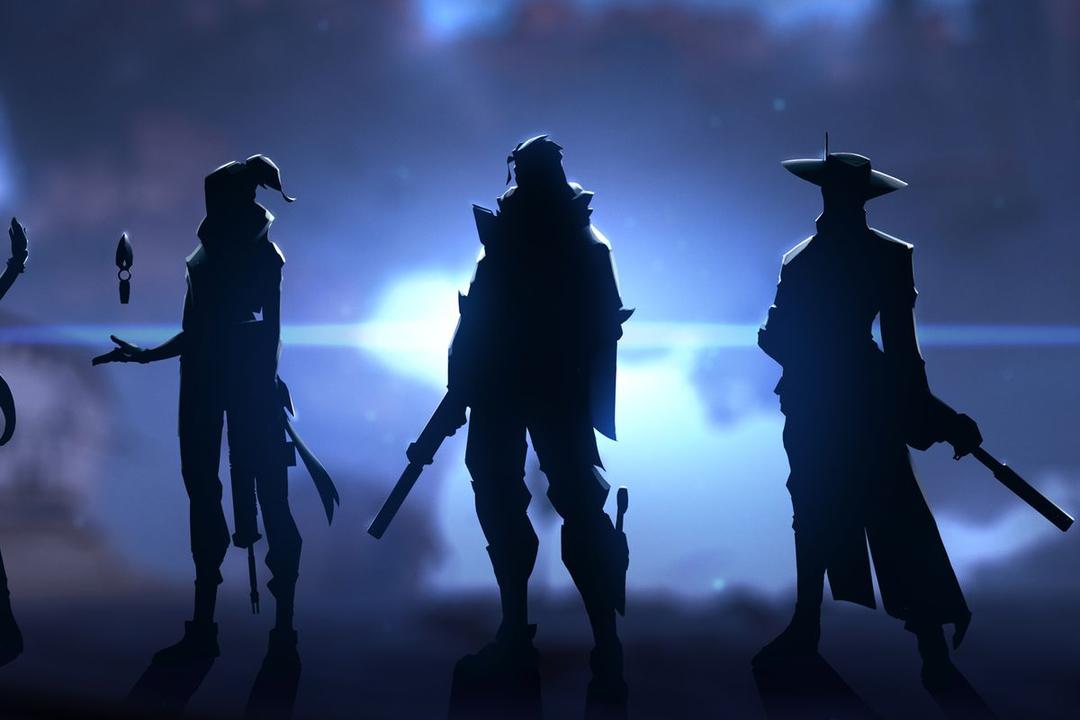
While not a huge difference, it is enough to distinguish the games weapons from those in Counter-Strike while still allowing players from CSGO to feel comfortable with the mechanic. It’s an interesting evolution to the measured flow of Counter-Strike, adding an element of difficulty to Valorant that CSGO currently lacks. Where CS’s patterns are a cruise down the highway, parts of Valorant’s are closer to offroading. That said, it makes it more funny when you blow your spray after defaulting to CSGO’s AK.
Valorant’s abilities are not CSGO’s grenades, but it’s economy is what CS wants to be
Here’s where the differences between the two games start to become more noticable. For the most part, every player in game of CSGO has the same essential options when it comes to what they can buy. While there are a few differences, the two teams are on equal footing when it comes to options. A defender knows that when an attacker comes around the corner, they’ll probably have a weapon, a sidearm, and some combination of the game’s four grenade types. In Valorant, that is not the case.
The game’s adoption of the popular hero shooter archtype means that one of nine characters could come around a corner into a bombsite, each with a different set of tools that can hurt the player, interact with the environment, or interact with the user. Ultimately, (sorry) this means that there are some matchups that one character might not win. Valorant’s weapons are supposed to be a counter to this. If a character comes to a player with a set of abilities the first player can’t match, there’s always the trusty headshot. In reality, this is only true sometimes. If a player is smoked off, blinded, and has a robot scanner chasing them, there’s little hope.
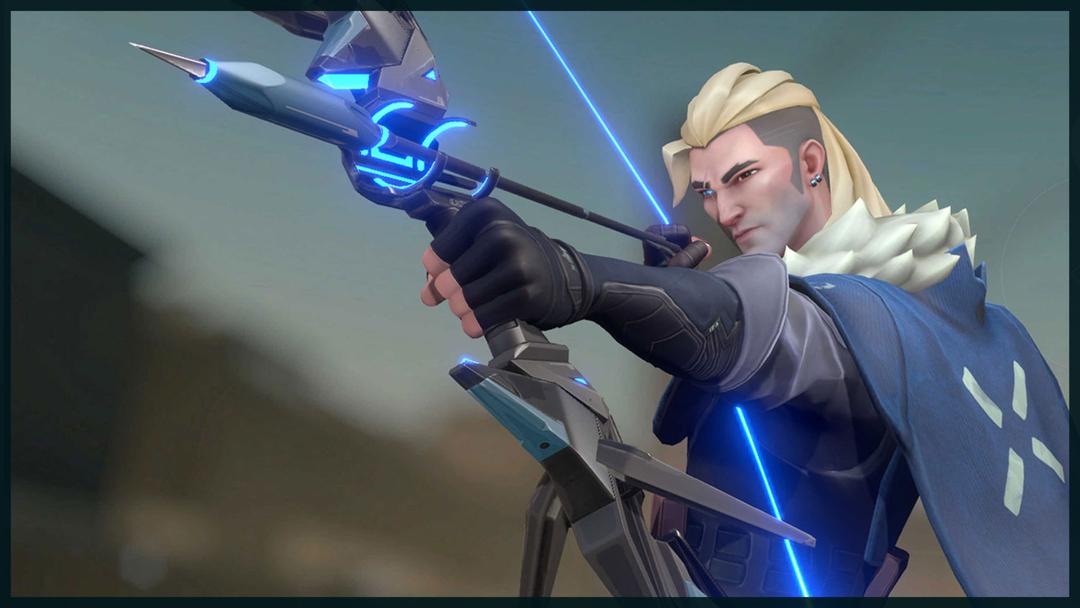
In Counter-Strike, moments of pure skill can turn the tide of an engagement. In Valorant, that is only true sometimes, and that’s neither a good or a bad thing. Few things are more frustrating in CSGO than losing a four versus one, but in that situation there’s two options: either the enemy player did something skillfull, or your team made mistakes. Most times it’s both.
In Valorant, sometimes a player wins due to the fact that the character they chose was more adept at fighting another.
Counter-Strike’s meta issues over the past year stemmed from a buff to two different rifles that are exclusive to each side. These rifles and their different statistics meant that one would always be better than the other, but the fact that they were better than CSGO’s tried and true options, the M4 and the AK, meant that one side dominated the other until changes eventually came down for both riles.
That same problem is magnified tenfold when we consider hero shooters. There will always be a meta because it’s impossible to make two things that are equal into two, seperate and intrinsically different things. Equality in video games means that in a duel between two players, the better player wins. It doesn’t mean the better character does. As fans recently saw in Counter-Strike’s struggled with the SG553, people will put up with inequality for a time, but they either hop on the meta bandwagon or complain until it’s nerfed.
While abilities have to be purchased like Counter-Strike’s grenades, we found little difficulty in managing Valorants economy over the course of several games. Likewise, changes to CSGO’s economy has brought it closer to Valorant’s “eco once and you’re good” philosophy, so maybe an easy to control economy is the meta’s meta. That said, the hero’s abilties are game changing, and will lure players away from the other hero shooters on the market. Does it have the mass market appeal to lure hardcore players away from the granddaddy of tactical shooters? We’re not so sure.
It’s been difficult to judge just how popular the shooter actually is. Valorant’s numbers on Twitch are clearly inflated due to Riot’s decision to award viewers with closed beta keys. It’s unclear if people are interested in the new shooter, want to play the beta, or simply want to take advantage of the deal Riot is offering; purchasing Valorant’s skin currency awards players a full refund, plus 20%, when the game releases.
It’s been genius reveal from Riot, from the developers purposeful mentioning of Counter-Strike at every turn to take advantage of the games exploding popularity to the artificial exclusivty of Valorant’s open beta. Time will tell just how close Valorant is to Counter-Strike when it releases sometime this summer.
Recommended

All maps are now available in CS2, what does it mean?
Poor Inferno players.
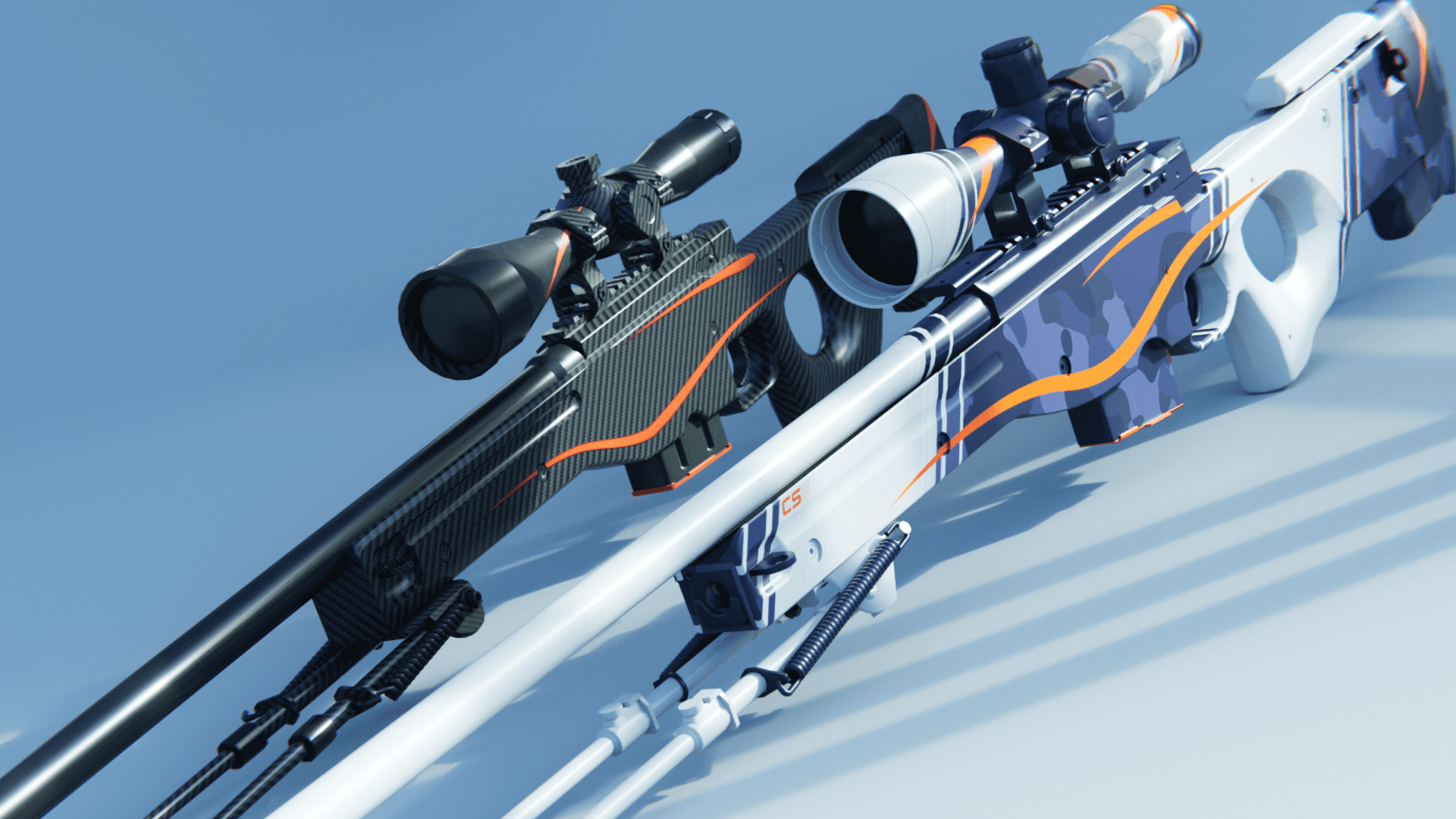
Redline creator reveals a sequel skin for CS2
Maybe call it the Orangeline?
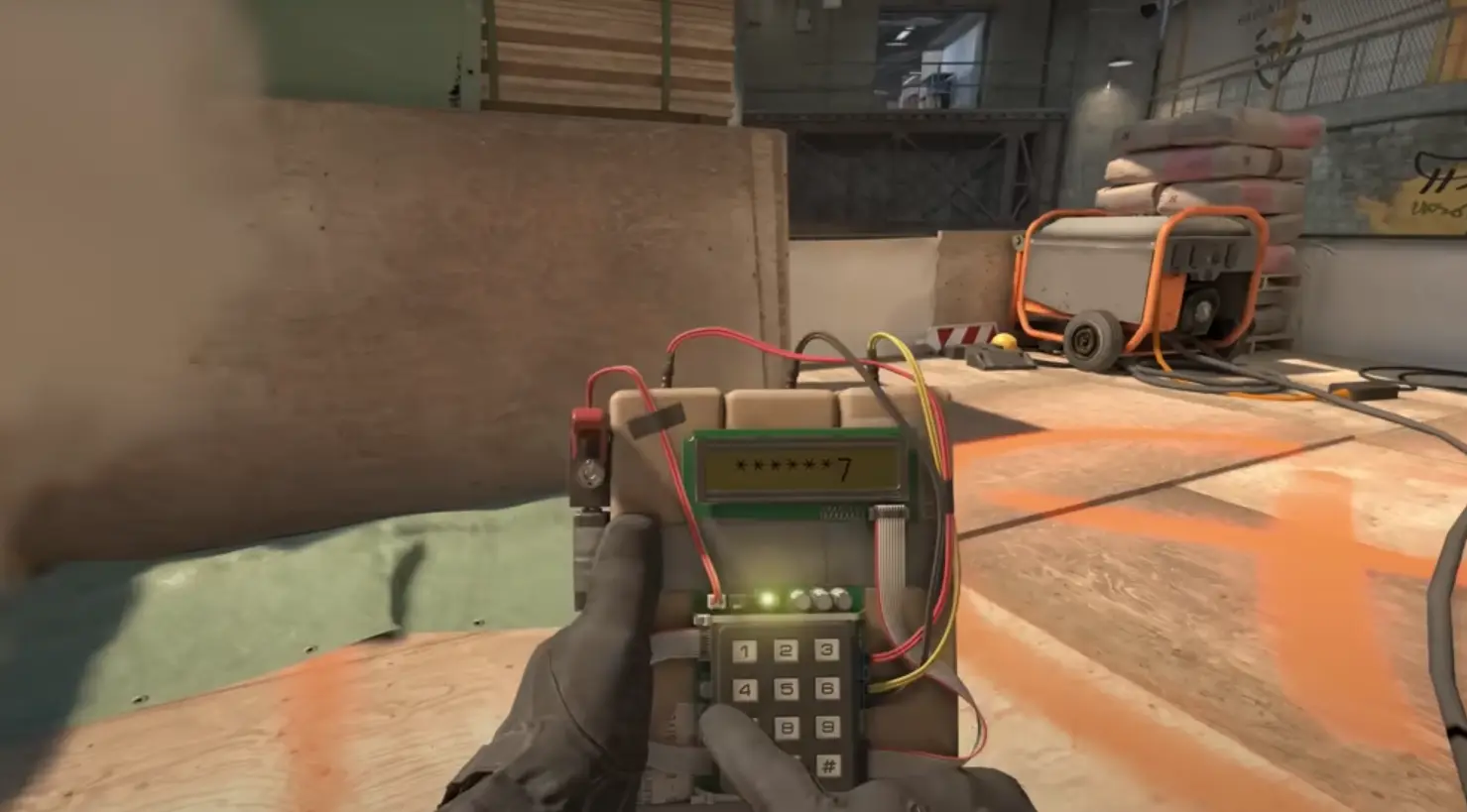
CS2 release date: Everything we know so far
Is it CS2-morrow? No, it is not.


